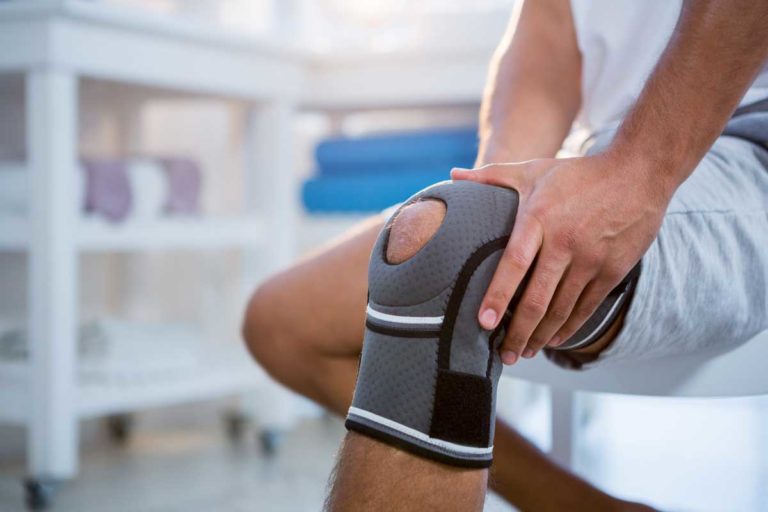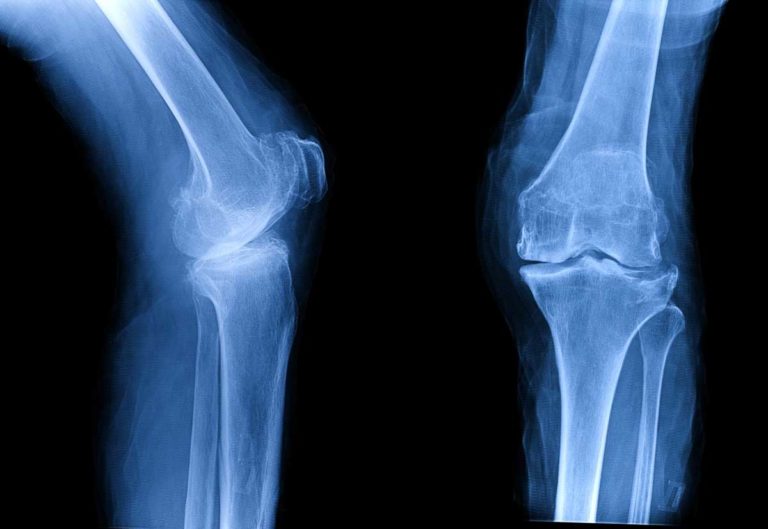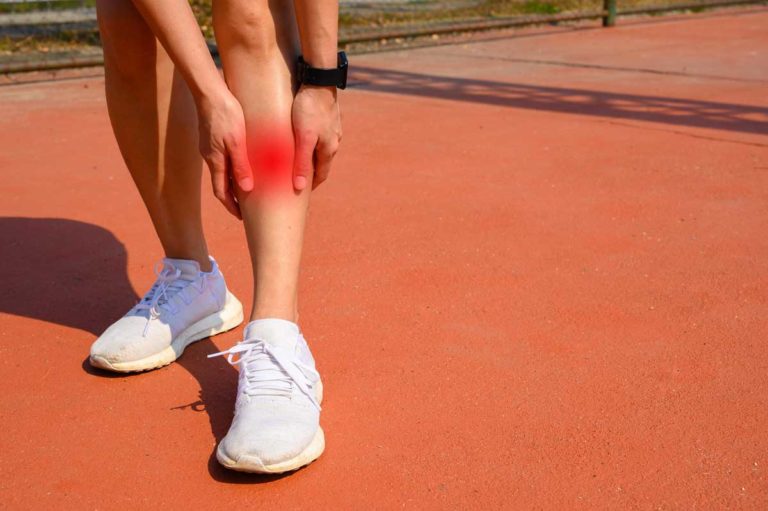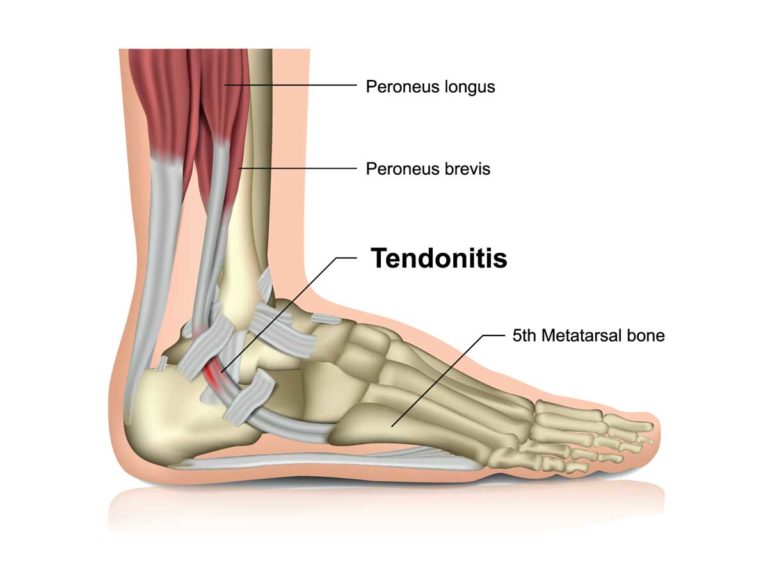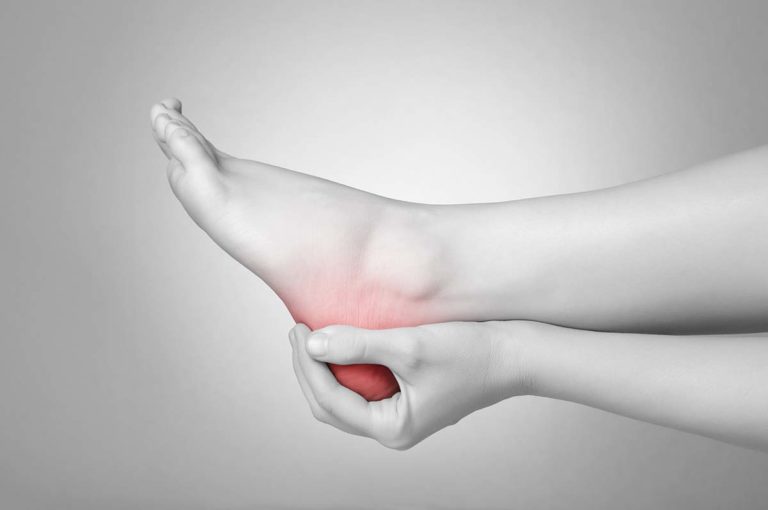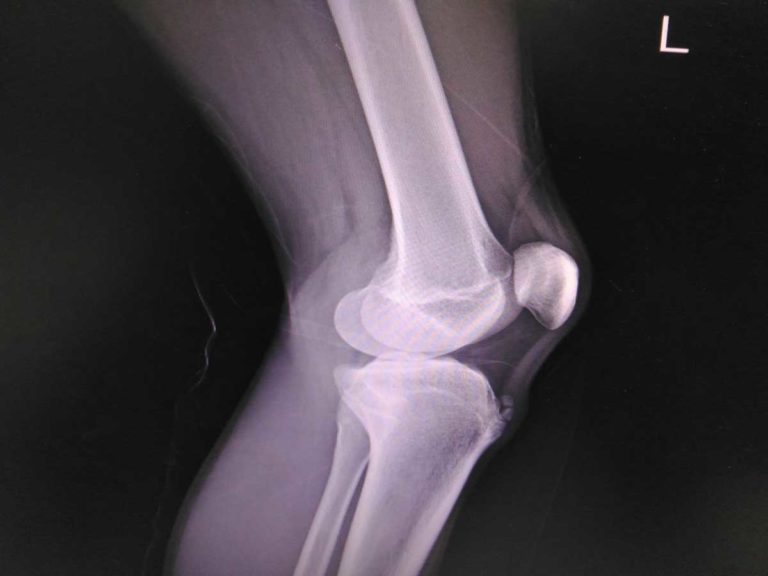Running Retraining / Gait Analysis
What is it?
Running retraining is a treatment modality that is used to manage lower limb running injuries by tweaking a runner’s running gait.
It starts off with a gait analysis (GA) which aims to identify whether the way you run is contributing to your symptoms in your lower limb. A clinician trained in this will then interpret the information, identify faulty running mechanics that are contributing to your symptoms and advise you on appropriate tweaks to your running technique to help resolve your symptoms. This is usually done in conjunction with other measures such as appropriate adjustments to your activities, strength and conditioning exercises, changing your footwear or the use of orthoses.
Running retraining has also been found to be an effective way in helping runners avoid injury by identifying and eliminating faulty running movement patterns before they result in an injury.

What does it involve?
Your clinician will usually observe or video you running and analyse your biomechanics based on their observations.
In situations where a video is taken, they may use this to help you visualise and understand what changes are needed. Often, they will prescribe the changes noted above and ask you to implement them before re-evaluating after some time.
For changes to running, it can come in the form of visual, verbal, audible or physical cues or reminders of what to change. The goal is allow the runner to adopt a new running technique that results in symptom-free running.
What can be treated?
Many different pathologies can be managed with running retraining including:
Knee
- Patello-femoral pain syndrome (PFPS)
- Iliotibial band friction syndrome (ITBFS)
- Knee ostearthritis
Lower leg
- Shin splints
- Chronic Exertional Compartment Syndrome (CESC)
- Tibial stress fractures
Ankle and foot
- Tibialis posterior tendinopathy
- Achilles tendinopathy
- Peroneal tendinopathy
- Plantar fasciitis
What are the benefits, risks, and side effects?
Benefits
The benefit of running retraining is that it can help with treating your symptoms in a non-invasive manner. Combined with exercises and orthoses, running retraining forms part of a wider assessment and treatment of your symptoms. For keen runners, it can even prevent potential running injuries and keep you running and pain-free.
Risks / Side Effects
There are few risks or side effects associated with running retraining, but the mainstay would be to not make too many changes to your running technique over a short period of time. Working on one or two cues at a time is enough to see positive changes, and will reduce the risk of creating new niggles or pain on other parts of the body.
What do I need to do afterwards?
It is essential that you practice using the cues advised to ensure that you gain the benefits. Adopting a new running technique is no different from adopting a new golf swing or tennis stroke. Time and practice is needed for you to internalise it. Your clinician should advise on a structured running programme to allow you to practice these cues in a safe manner.
Initially, it may seem a little unusual and if this happens, speaking to your clinician and finding a way to ease into it is helpful. It is also important to attend your follow up and inform if there have been any further changes.
What are the common misconceptions?
Running retraining cannot be used in isolation to manage running injuries. There are many factors that predispose running injuries and each of these needs to be addressed. Running retraining, while effective, is just one modality used to address these factors.



